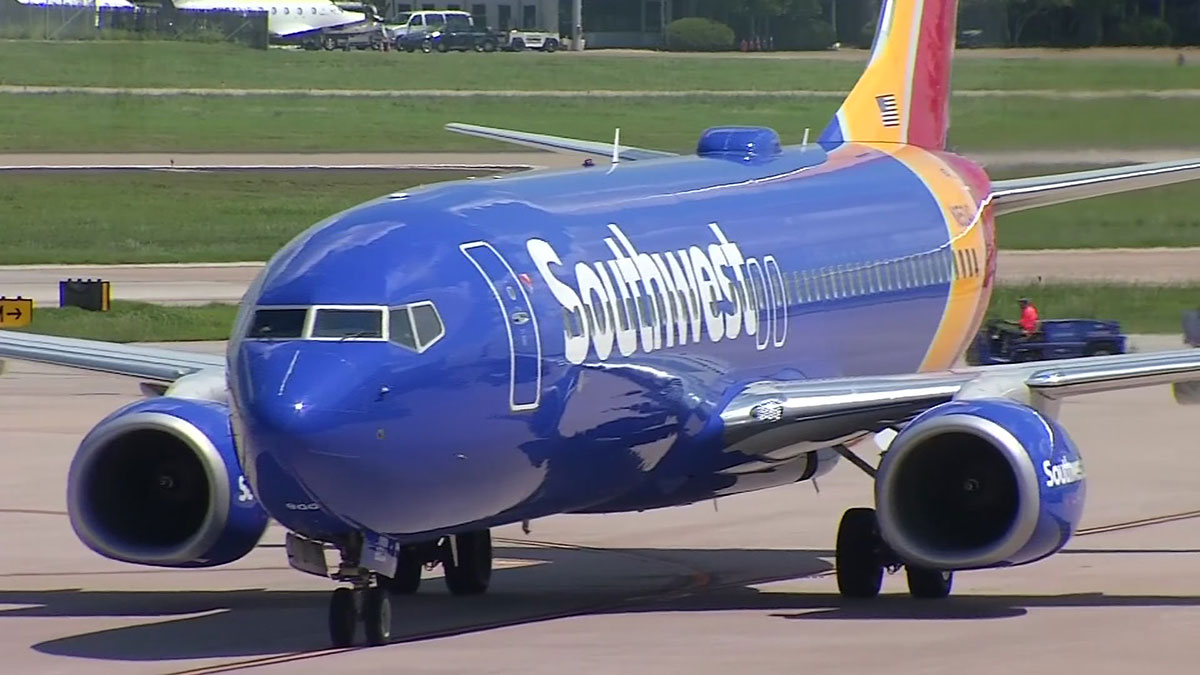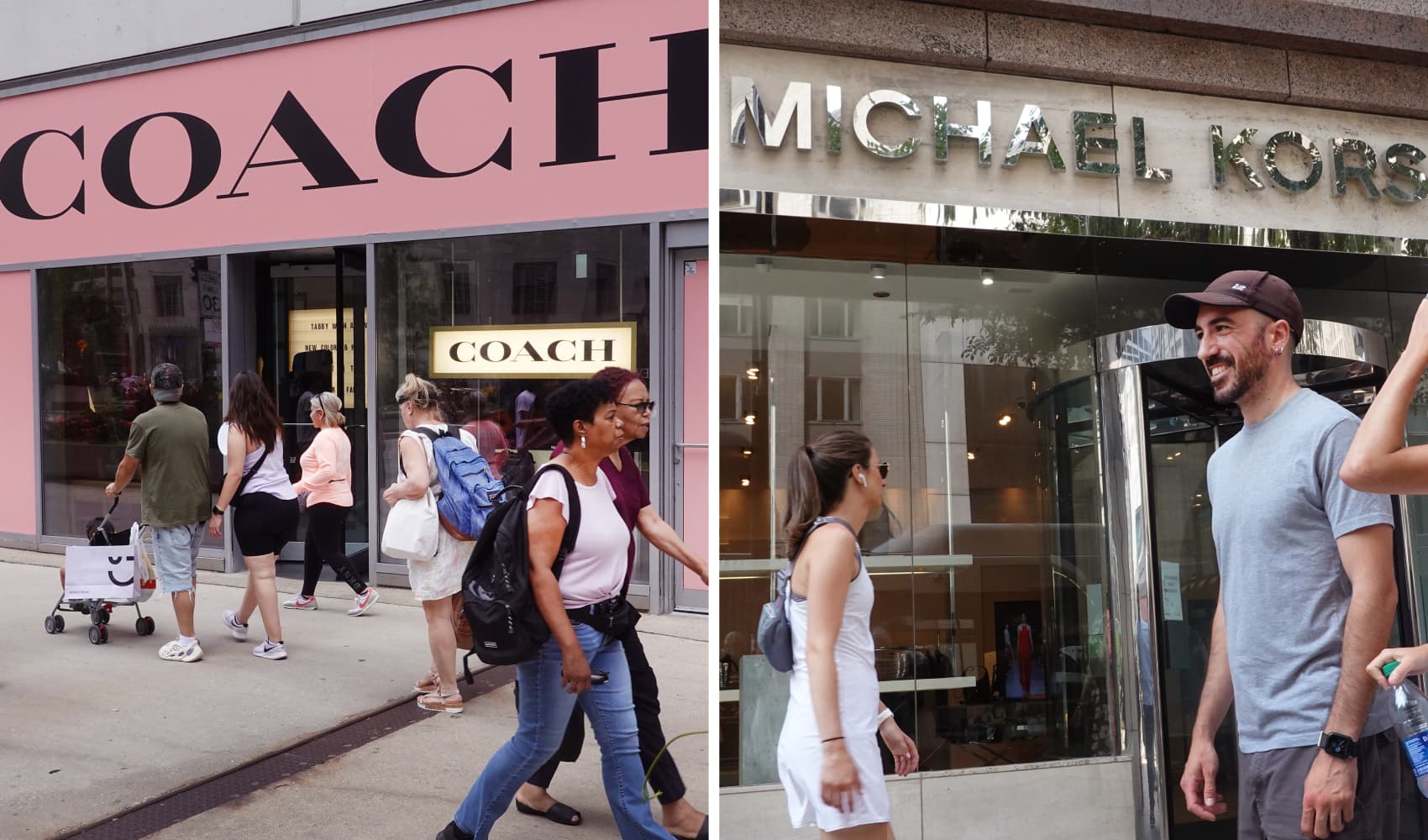Hoping the new year brings relief to long-standing food deserts in Southern Dallas, a city council committee met with the Texas Retailers Association on Monday to get a general overview of how grocers decide where they'll put stores.
It’s 2022 and Dallas continues to struggle to provide its southern residents access to fresh, quality groceries, especially south of Interstate 30.
“It really is shameful, but it is what it is. We are who we are,” said City Councilwoman Carolyn King Arnold during Monday afternoon’s economic development committee meeting.
A ‘Save U More’ in the Highland Hills neighborhood sits empty after being shuttered despite being given millions of dollars in city grant money.
Get DFW local news, weather forecasts and entertainment stories to your inbox. Sign up for NBC DFW newsletters.
City Councilman Tennell Atkins, the committee chair, said he understands what privately-owned businesses like grocery stores are looking for when looking to expand.
“They’re looking for density. They’re looking for population, income. The right quality of life,” Atkins said.
Atkins said the businesses are also, of course, looking at whether or not they can make a profit.
Business News
In Southern Dallas, Atkins pointed to improvements to area schools, improving infrastructure like the Red Bird Mall, as well as tackling crime and building more housing.
“I think that we need to educate the citizens in the southern part of Dallas,” said Atkins. “We got all this population, why are the grocery stores not coming?"
Atkins asked the Texas Retailers Association to explain what it takes for grocers to decide on a new location.
“It’s a business,” TRA consultant Gary Huddleston told the committee. “We want to serve the community but we've still got to make a profit.”
Huddleston explained that a standard 60,000-square-foot supermarket amounts to about a $15 million investment.
Companies rely heavily on sales models, he told council members. The models detail customer count, future sales, and profitability.
Large grocers also consider an industry that is changing, from higher construction and on-site security costs to a shift to online shopping during the pandemic.
Huddleston told councilmembers he has not seen a ‘huge’ long-term success when grocers are presented solely with tax breaks.
“It’s great when a city or a county gives a tax break, but then that’s short term,” said Huddleston. “Once that money is gone, then they still have to operate.”
The consultant suggested cities like Dallas consider cutting down on the red tape instead.
“Many times, [companies] bring plans to planning and zoning and they think they have a deal and they come back and get a call: 'Oh no, we got to make a change,'” said Huddleston as an example. “If they could have one person, a high city official, that would help them go through everything in the city, that would cut a lot of costs out and time out.”
Also worth consideration, Huddleston said, eliminating some fees grocers must pay.
“Health department fees, SNAP fees, WIC fees, beer and wine, cigarette fees,” he said. “All of that and maybe there are some ways to take a look at the model and shave costs out of fees. That would help sustain the store.”
As for residents desperate for a local grocery store, Huddleston asked for patience and for them to provide feedback to supermarkets.
Atkins said the committee will consider the TRA’s presentation to then create a plan in hopes of luring a quality grocer to southern Dallas this year.



